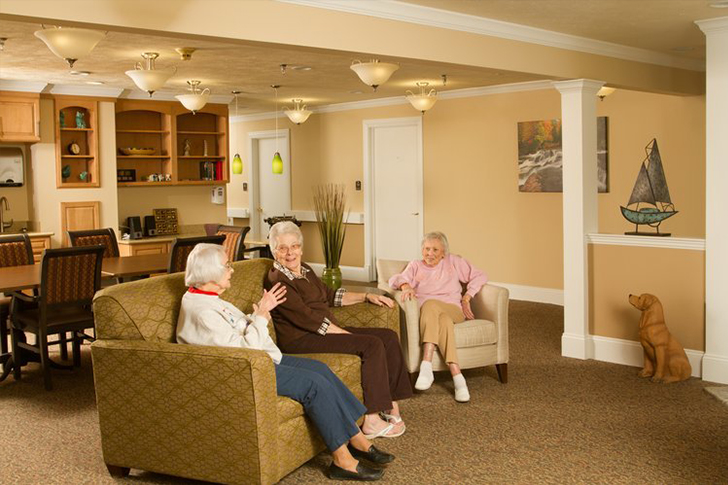Housing is essential for seniors with fixed incomes and specific needs. Finding cheap, comfortable, and accessible apartments is challenging, but with the right strategies and resources, it’s achievable. This article explores how seniors can find low-cost housing and access financial aid programs.

Familiarize Yourself with the Types of Senior Housing
Understanding the different types of housing available to seniors is a critical first step in the search for an affordable living situation. Senior housing typically falls into several categories including independent living, assisted living, nursing homes, and age-restricted communities. For those mostly independent but looking for affordability, independent living facilities and age-restricted communities offer a good balance. These options often come with added benefits like community centers, planned social activities, and transportation services.
Utilize Government Programs and Subsidies
Several government programs are designed to help seniors manage housing costs:
1. **Section 202 Supportive Housing for the Elderly**: This program provides housing for seniors who earn less than 50% of the median income in their area. The housing is often equipped with handicap-accessible features and includes subsidies to keep prices affordable.
2. **Housing Choice Voucher (Section 8)**: This voucher program allows seniors to find their own housing (including apartments) and use the voucher towards rent. It’s crucial to apply early as there can be long waiting lists.
3. **Low-Income Housing Tax Credit (LIHTC) Properties**: LIHTC helps create affordable apartment options in various communities. These units typically cost less than market rate, and many are specifically designed with seniors in mind.
Consider Location and Transportation
When looking for affordable housing, location is key. Apartments in city outskirts or rural areas tend to be cheaper than those in urban centers, but they may also lack convenient access to transportation. Seniors should consider proximity to essential services like grocery stores, medical facilities, and public transportation. Many communities designed for seniors offer shuttles to nearby amenities, which can diminish the need for a personal vehicle and associated costs.
Explore Non-Profit and Charitable Organizations
There are numerous non-profit organizations that work specifically to help seniors find affordable housing. These organizations frequently offer additional services such as counseling and assistance in filling out grant and subsidy applications. A well-known example includes the National Council on Aging (NCOA), which provides resources and support for seniors looking to find affordable housing and navigate senior benefits.
Take Advantage of Online Resources
Websites such as HUD.gov, BenefitsCheckUp.org, and local government websites can be invaluable resources for finding subsidized housing, understanding eligibility for different programs, and accessing applications. Additionally, websites like SeniorHousingNet.com provide lists and databases of available senior housing by location.
Be Patient and Apply Early
Affordable housing for seniors is in high demand and short supply. It’s vital to begin your search early and apply for programs as soon as possible. Waiting lists for programs like Section 202 or Section 8 can be lengthy, so getting your application in early can make a significant difference.
Consult a Housing Counselor
HUD-approved housing counselors are available for advice and guidance on finding and securing affordable housing for seniors. These counselors are experts in local programs and can offer personalized advice based on individual circumstances.
In conclusion, while the challenge of finding affordable housing for seniors can be daunting, numerous resources and strategies can ease the process. By understanding available housing types, utilizing government programs, considering strategic locations, and seeking assistance from non-profit organizations, seniors can find suitable and affordable apartments tailored to their lifestyle and needs.


Recent Comments